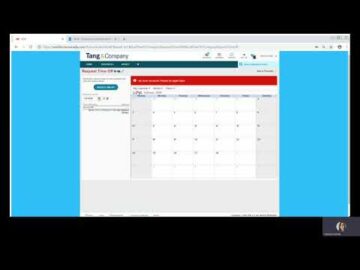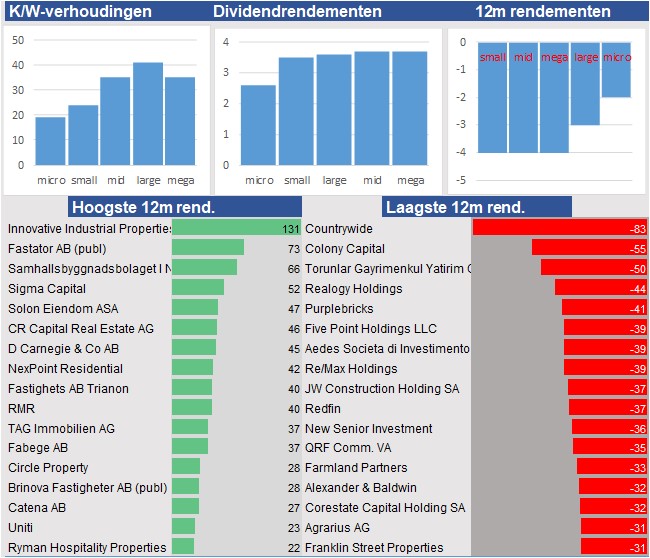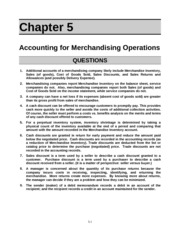
It’s as simple as creating one column for your income, another column for your expenses, and then keeping a running tab on the difference between the two. We accept payments via credit card, wire transfer, Western Union, and (when available) bank loan. Some candidates may qualify for scholarships or financial aid, which will be credited against the Program Fee once eligibility is determined. Please refer to the Payment & Financial Aid page for further information. The economic impact of travel bans, lockdowns, and other safety precautions was far-reaching and unexpected.

Value proposition budgeting aims to avoid unnecessary expenditures – although it is not as precisely aimed at that goal as our final budgeting option, zero-based budgeting. On the other hand, financial accounting measures the financial position and strength of a company. Financial accounting helps investors and creditors in making decisions regarding their investments and loans. In financial accounting, investors analyze assets and liabilities and look closely at the revenues and expenses of a company to decide if they should invest in this company or not. So, if you are wondering about what is cost accounting and how to calculate it, then this blog is just for you. Let’s discuss the cost accounting points that will help you in the budgeting of your business and you can enjoy seamless and efficient financial management ultimately.
Fundamental Principles of Budgeting:
As part of the budgeting process, standard costs are often developed for major production inputs (e.g., direct materials used in production) or activities. For a business to plan operations effectively, communication and coordination must be effective between all managers. Significantly, the budgeting process provides a formal mechanism to enable this to take place. Similarly, financial budgets can also act as a communication tool with internal and external stockholders of the business regarding plans of the business.
Moreover, it also invested in new recycling technologies and improved its packaging materials. There are four dimensions to consider when translating high-level strategy, such as mission, vision, and goals, into budgets. Budgeting helps to ensure that money is allocated to those things that support the strategic objectives of the business.
Also, during the course of the operating year, adjustments may be made to the budget authorizations. Typically, the adjustments are authorized by specific provisional language in individual items, by general control sections in the Budget Act, or other legislation. These adjustments are usually prepared on Budget Revisions (Std. Form 26) or Budget Executive Orders.
But being debt-free without any savings won’t pay your bills in an emergency. A zero balance can quickly become a negative balance if you don’t have a safety net. Let’s say you and your partner live in New York City in a small one-bedroom apartment and things are going fine for the both of you until your family dynamic changes. For instance, you may have a child or an in-law who comes to stay with you indefinitely, which means you’ll probably need (and want) more room to accommodate the new addition.
It is compiled from the SCO accounts, which are on a cash basis, and are updated at year-end with financial statements received from state departments. Departments’ year-end financial statements contain assets, liabilities, and accruals not in the SCO accounts. This brings the SCO accounts, for reporting purposes, to the same basis as the accounts maintained by the departments. Once the capital expenditure budget and the cash budget of the business are ready, it can prepare a budgeted balance sheet. The budgeted balance sheet will obtain any relevant figures from the two above-mentioned budgets.
Definition of Budgeting
At its core, budgeting’s primary function is to ensure an organization has enough resources to meet its goals. By planning financials in advance, you can determine which teams and initiatives require more resources and areas where you can cut back. A continuous or rolling budget is a budget that is revised regularly. For instance, the budget can be extended for another month or quarter at the end of each month or quarter. As a result of continuous budgets are based on the most recent info for proper planning and performance.
County of Chelan, WA Transforms Budget Management with OpenGov – EIN News
County of Chelan, WA Transforms Budget Management with OpenGov.
Posted: Thu, 03 Aug 2023 15:55:00 GMT [source]
That credit card still calls your name, your clothes category seems awfully small and you feel deprived. People often cut too deep and end up making a budget that they can’t keep because it feels like they are giving up everything. Substitution, in contrast, keeps the basics while cutting down costs. For example, cancel any recurring subscriptions that you don’t regularly use or need. Use half of the money you save to invest or pay off outstanding debts, and save the other half to begin building a home gym in your basement.
What is Financial Budget? – Types and Why do Businesses Need Financial Budgets?
A business prepares a financial budget after obtaining these figures from its operating budget. For example, businesses use incremental budgets, zero-based budgets, imposed budgets, participative budgets, operating budgets, etc. One particular type of budget that is used by businesses is known as a financial budget. This can be very important when there is a need to focus on customer care, improving the efficiency in a production or manufacturing setting, or creating a viable marketing plan. Assuming that the budget is comprehensive and helps to set parameters for each area of the operation, there is usually little need to make adjustments in budget line items. The end result is an organization with a healthy bottom line, a highly functional operating structure, and a clear understanding of how it will reach its goals over the next several years.

Upon the recommendation of the budget committee, the President of the organization accords his approval to the sales estimate which then becomes sales budget of the organization. The sales budget is accompanied by budget covering selling and distribution expenses. The two budgets together give the net sales revenue expected to arrive in the coming year.
Using a Budget to Evaluate Performance
For example, hotel managers at the Australian hotel chain All Seasons Hotels participate in a profit-sharing scheme that provides them with incentives to meet or exceed their budgeted profit goals. Since budgets are used to evaluate performances, they can also be used to provide incentives for people to perform well. With a good accounting system, expenditure for the prior year will be broken down and reported in considerable detail. Budgets are usually viewed as a core component of an organization’s planning and control system. Organization should have good accounting system so as to generate precise, accurate, reliable and prompt information which is essential for successful implementation of budget system.
Global Accounting & Budgeting Software Market is Expected to Reach $47.97 Billion by 2031: Allied Market Research – Yahoo Finance
Global Accounting & Budgeting Software Market is Expected to Reach $47.97 Billion by 2031: Allied Market Research.
Posted: Thu, 27 Jul 2023 15:00:00 GMT [source]
Executives were forced to quickly—yet thoughtfully—rework budgets to account for major losses and newfound safety concerns. A budget is a financial roadmap for the upcoming period; if all goes according to plan, it shows how much should be earned and spent on specific items. The value proposition budgeting method forces you to determine and explain each line item’s value to your organization, which can be useful for prioritizing tasks and larger initiatives.
Also, companies can ask for more flexible options for their accounts payables, which is money owed to suppliers to help with any short-term cash-flow needs. A budget is a forecast of revenue and expenses over a specified future period. Budgets are utilized by corporations, governments, and households and are an integral part of running a business (or household) efficiently.

The three themes outlined below need to be taken into consideration with all types of budgets. A master budget is a summary of your financial plan and your operating plan. The master budget gives you a “big picture” and sets your course of action for an upcoming period. Another option that sidesteps budgeting problems is to operate without a budget. Doing so requires an ongoing short-term forecast from which business decisions can be made, as well as performance measurements based on what a peer group is achieving. Though operating without a budget can at first appear to be too slipshod to be effective, the systems that replace a budget can be remarkably effective.
It helps the firm cut costs while producing high-quality goods/services. The finance team prepares the budget and presents it to the management for decision-making. Effective budgeting can help a company achieve its goals by enabling it to allocate resources efficiently, identify potential areas of improvement, and make informed decisions. The budget also provides insights into the financial health of the organization.
Are There Different Types Of Budgets?
Stashing 10% of your income into your savings account is daunting when you’re living paycheck to paycheck. It doesn’t make sense to have $100 in a savings plan if you are fending off debt collectors. Your piggy bank will have to starve until you can find financial stability. When you’ve been double entry: what it means in accounting and how it’s used faithful to your budget for a month, give yourself a reward. Even small ones can help, such as a night out with friends, a concert or a little extra cash for spending. If you’re still not convinced that budgeting is for you, here’s a way to protect yourself from your own spending habits.
- Combining various outcome expenditure packages create a budget that should result in a specific set of outcomes for the entire company.
- A budget is a forecasting document, but businesses use it as a financial control tool, as well.
- The budget data must be broken into various components and in a way, those responsible for dealing with them shall be made accountable.
- These should be further reviewed on an ongoing basis just like the case that coronavirus pandemic would make some companies generate comparatively lower revenue.
The amounts should be discounted to their present values and also ranked by priority and profitability. Communicating plans to managers is an important social aspect of the process, which ensures that everyone gets a clear understanding of how they support the organization. It encourages communication of individual goals, plans, and initiatives, which all roll up together to support the growth of the business.




































